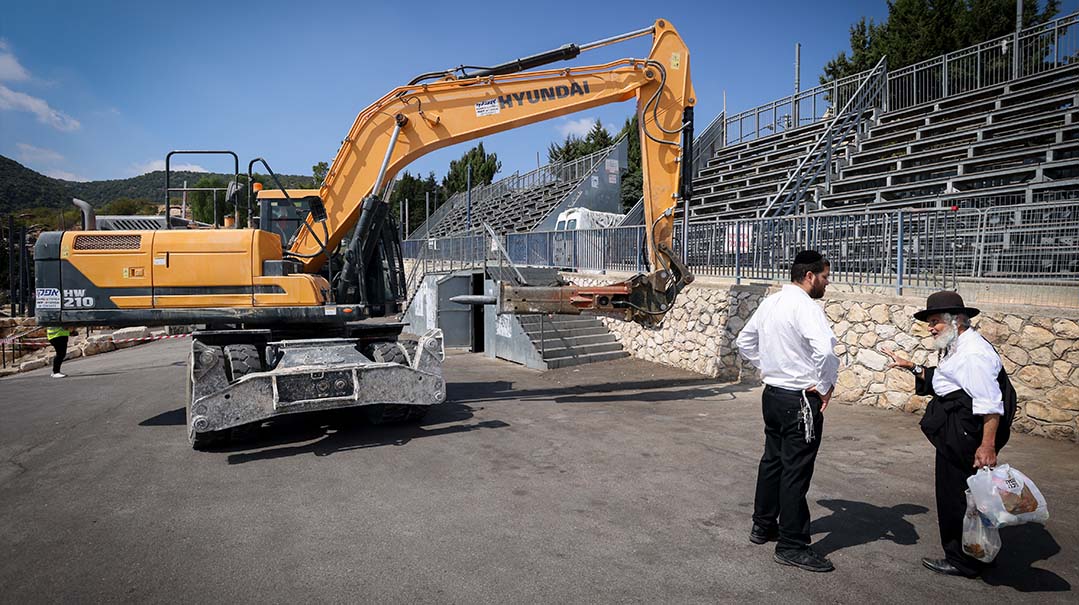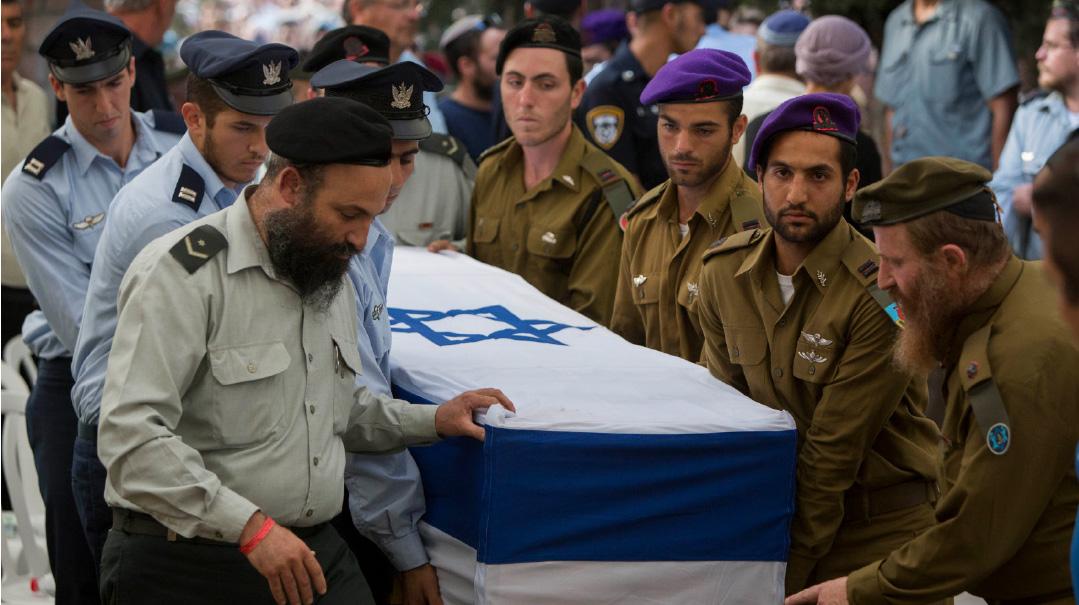A Very Different Meron Takes Shape
| February 8, 2022By the time Lag B’omer rolls around, it could be at an almost unrecognizable Meron

The 7th of Adar — Moshe Rabbeinu’s yahrtzeit — will be celebrated next month at Kever Rashbi, but by the time Lag B’omer rolls around, it could be at an almost unrecognizable Meron.
Last week, the man appointed to oversee the implementation of safety measures at the site after last year’s horrific disaster, Brigadier General Zviki Tessler, released an outline of the regulations for conducting the celebrations at the compound for this coming Lag B’omer. His approach is based on two principles: first, preventing another disaster, chas v’shalom; and second, enabling as many of the traditions associated with the pilgrimage to continue, as far as safety permits.
Tessler, a former helicopter squadron commander and former police major general, wouldn’t accept the post before satisfying himself that there was no plan to cancel the hadlakah of the Boyaner chassidus, a privilege it holds as a chazakah. As of now, there’s no intention to allow any more hadlakos this year, and in the future, should this become possible due to renovations at the site, they will be held at a large distance from the Boyaner hadlakah. To ensure that those making the pilgrimage can’t rush from one hadlakah to the other, at risk to themselves and others, all the hadlakos will be held within one hour of each other.
Tessler’s outline mostly echoed the interim recommendations by the State Commission of Inquiry into the Meron Disaster, but there are plans to improve on them for the maximum convenience of the travelers. For example, efforts will be made to stagger the Lag B’omer activities out over three days, on the basis that if they’re concentrated into one day, it will be harder to preserve law and order at the site. To incentivize people to arrive a day before Lag B’omer instead (Tuesday this year), or the day after (Thursday), costs of the trip to and from Meron will be reduced dramatically on those two days.
Spreading the celebrations out over several days will also allow for victims’ families to hold a memorial service in honor of those who died. The plan also called for giving the families time alone at the site, but didn’t specify how this could be arranged. One of the ideas being discussed with the families is to hold a memorial service the day before Lag B’omer, to emerge from the pain and the memories into the day’s celebrations.
The new regulations will cap the number of people allowed on the site at any given time at 20,000. But if conditions at the site change by Lag B’omer, the number could even be expanded, the principle being that there’s a meter of space for every individual. The amount of time any traveler will be able to spend on the mountain will be limited, and this will be enforced by setting an expiration time on the prepaid tickets for transportation to and from the site, with expired tickets not being accepted for the return trip. As for the tziyun itself, no plan has yet been made for how to effectively channel the flow of mispallelim.
—Yitzchak Nachshoni
(Originally featured in Mishpacha, Issue 898)
Oops! We could not locate your form.






